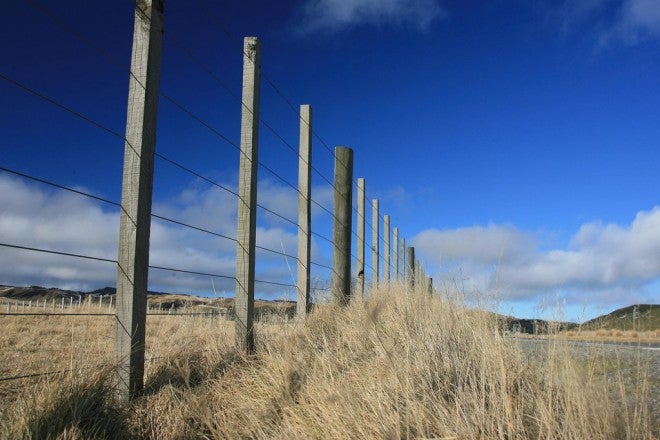Our First Months on the New Homestead
Kevin Felts 10.07.13

My wife and I got moved to the farm during the last weekend of July, 2013. As for timing, we could not have picked a worse time to move. The summer heat is oppressive during any kind of outdoor physical activity. This is especially true towards the end of July and into the first part of August.
Moving to a rural area, and going from bare land to a workable homestead, is not for the lazy or weak at heart. Almost every day after work I am working on something, and my weekends are filled with some kind of project.
Whether it is putting down a septic system, wiring in the house to the power pole, hooking up the water pump, taking care of the chickens, taking care of the rabbits, moving a shed, fixing a shed, cleaning up, or clearing brush — there’s always something to do. Unless this is the life you want, living in a rural area is not for everyone.
The part that makes me feel overwhelmed is that after several months of working on this and that, I have barely scratched the surface. I still have fence rows to clear out, a seven acre field to fence in, a barn for the livestock to build, and gates to put in for the goats and cattle.
Garden Shed
Over the past week I worked on a 10X8 shed that my wife and I plan on using as a gardening shed. I replaced a rotten board on each end of the skids, then used my truck to pull the shed into place. The next step is to build a lean-to roof on one side and off the back so that I can park the tiller and lawnmower. The area in front of the shed is about a acre, which I plan on making my primary gardening area.
I want a shed where I can store my fertilizer, tools, tiller, and solar power with water pump to irrigate the garden. The plan is to install solar panels on top of the lean-to section, then use the solar power to pump water from a creek to water the garden.
It’s fix the shed, move the shed, level the shed, build the lean-to, install shelving for batteries and charge controller, install solar panels, rig up some kind of water storage tank, put pump in creek, get another pump to pump from storage tank to garden… If that sounds like a lot of work, that is because it is.
The end result will be a shed that can be used to work the ground, plant the seeds, and then water the garden, and all off the grid. If some kind of long term SHTF / TEOTWAWKI event happens I want to be able to water my garden using nothing more than solar power.
Rooster
My wife and I got our first rooster on the weekend of September 21. It took the rooster about a week to fall into place with the flock. At first there was a lot of chasing and hen pecking, but things have settled down after about a week.
When spring rolls around, my wife and I are planning on getting two dozen more chickens, which will give us a total of three dozen chickens. When we get the new chickens, we plan on getting two more roosters.
Hopefully a dozen hens per rooster will keep the roosters from fighting.
The tool I use the most
If there is one tool that I rely on on an almost daily basis, it is my headlight. I never realized how much I would be using my headlight after my wife and I got moved to the farm.
When I go out to put the chickens up in the evening, or let them out in the morning, or feeding the rabbits after dark, or filling up a waterer after dark, the headlight is an essential tool.
After using the headlight for about a month, I grabbed my wife’s Maglite to go close the chicken house and fill up their feeder. While handling the scoop holding the chicken feed I dropped the Maglite. Thankfully my foot cushioned the Maglite’s impact with the ground. If anything happened to that light my wife would have been pissed.
My headlight has spoiled me to having both hands free and not dropping stuff like chicken feed or the flashlight. I just can not imagine doing work outside at night without my headlight.
Water
The biggest concern right now is getting a well drilled so my family can have a source of safe drinking water.
While my wife and I are saving the money to have a water well drilled, we’re pumping water from a creek, running it through a house filter to remove the heavy sediment, then using a Royal Berkey to make the water safe to drink. Besides using the Berkey, we are also buying bottled water.
The Royal Berkey has 4 black filters in it, which should provide somewhere around 12,000 gallons of drinking water.
I would like to keep my drinking water source separate from the garden, rabbits, and chickens. I plan on using solar power to pump water from the creek for the garden and animals, and using the well for family drinking water.